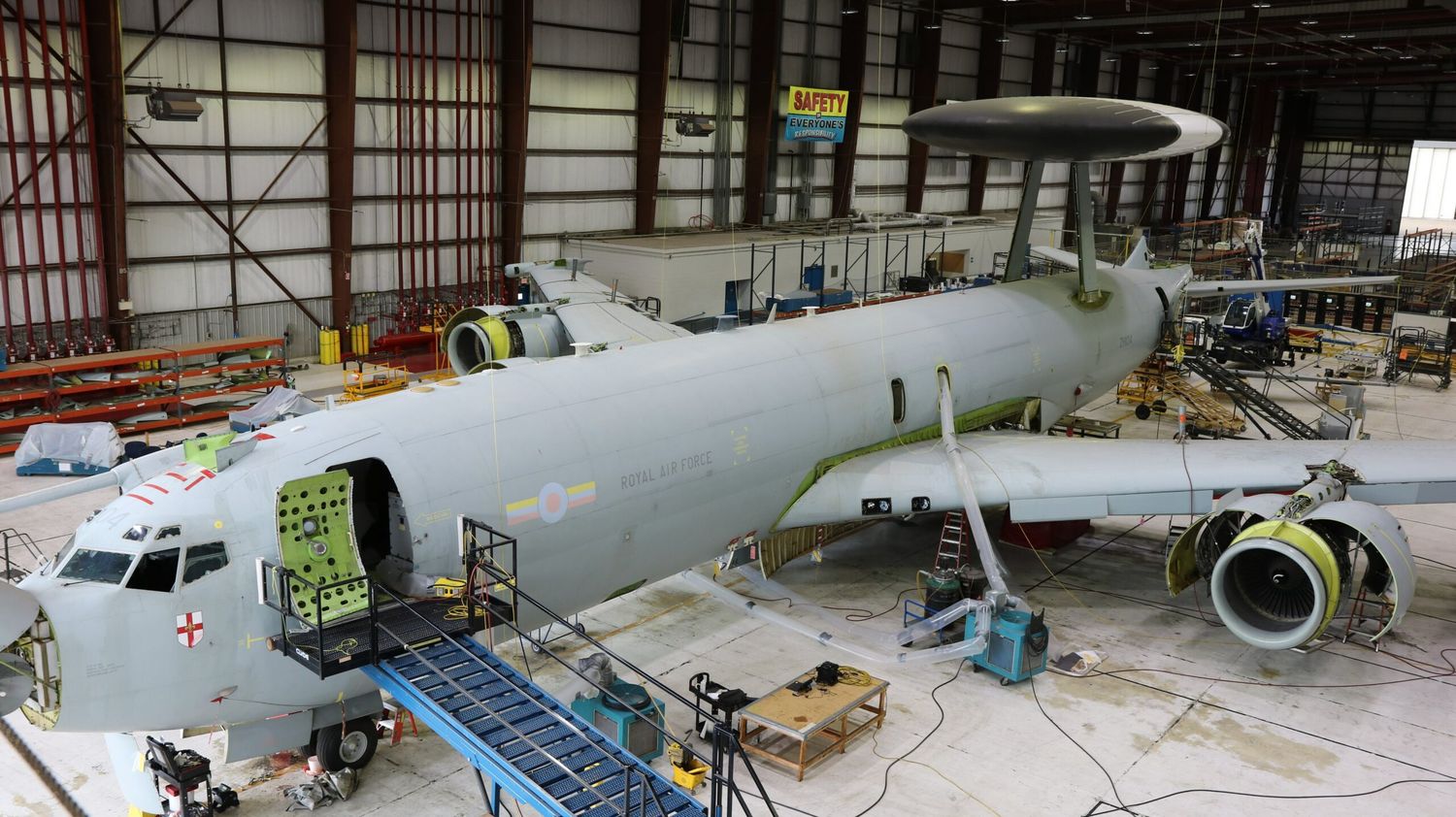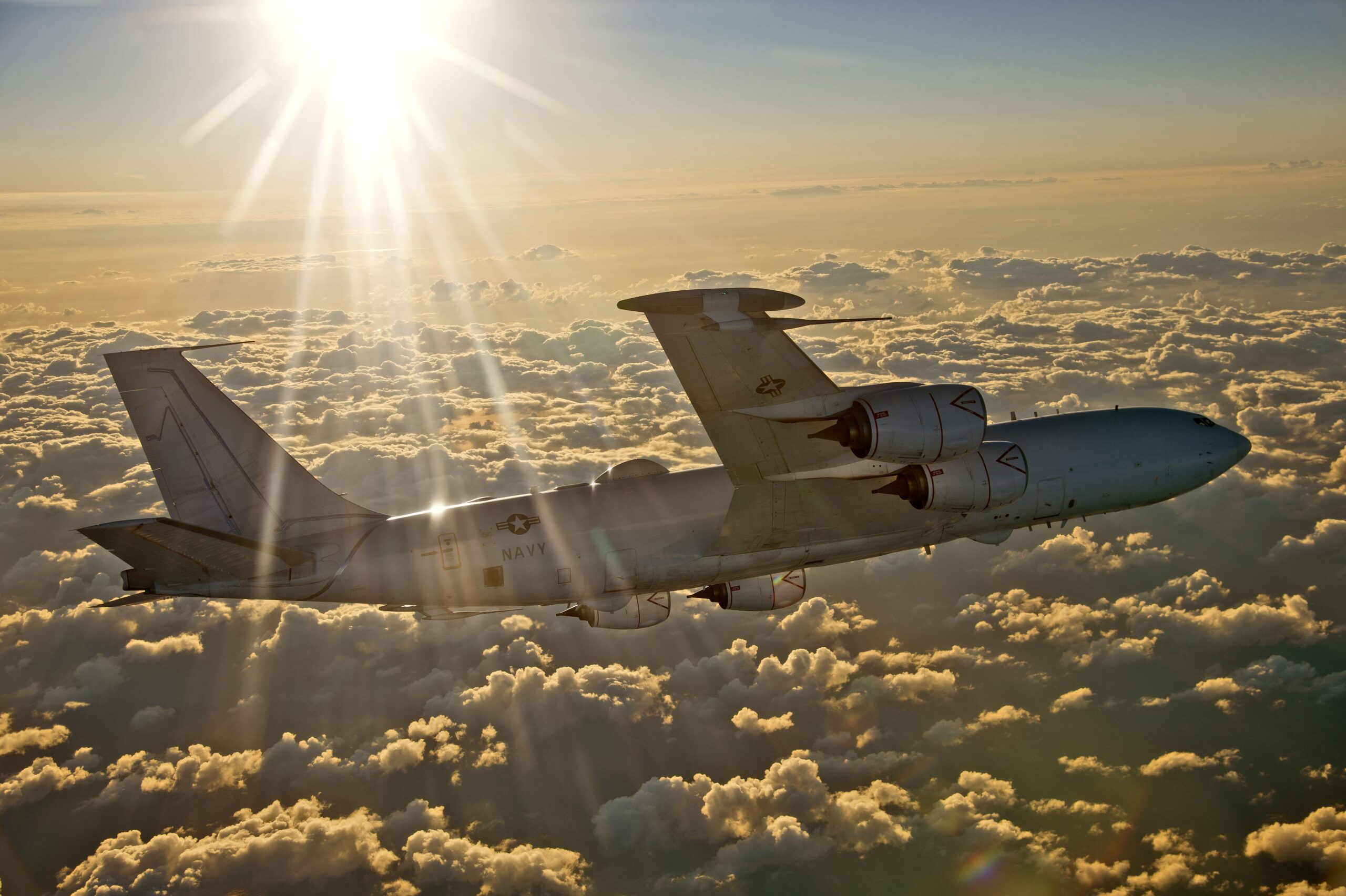The US Navy is modifying an ex-RAF E-3D into an E-6B for training purposes
The U.S. Navy began converting a former RAF E-3D Sentry into a trainer for E-6B Mercury command and control crews.
The Naval Air Systems Command (NAVAIR) is proceeding with the necessary modifications, which include removing the aerial refueling probe and radar dome, to make the aircraft look as much like the E-6B Mercury as possible.
Transformers: E-6 in disguise — The process has begun to turn this E-3D into an E-6B in-flight trainer. The outer mold line will be modified to resemble an E-6 and the aerial refueling probe and radar dome will be removed. pic.twitter.com/oQaRAhxspr
— NAVAIR (@NAVAIRNews) October 4, 2022
Once maintenance and modifications are completed, flight testing is scheduled to begin in early 2024. The aircraft will help reduce some 600 flying hours and 2,400 landings/cycles per year to the fleet of Mercury aircraft, which have to train future aircrews, in addition to performing their operational missions as the Navy’s long-range Command, Control and Communications (C3) aircraft fleet.
This aircraft was the first of the E-3D Sentry MK1s that the RAF put up for sale during 2021 as it decommissioned its fleet of early warning and control aircraft for budgetary reasons. The other three remaining Sentry aircraft were donated to the Chilean Air Force (FACh), of which two will be operational aircraft, and the third will be used as a source of spare parts.
See also: Chile officially receives two E-3 Sentry aircraft donated by the UK
E-6B Mercury
As explained on the NAVAIR website, the E-6B is a communications relay aircraft and strategic airborne command post. It provides reliable and durable airborne command, control and communications between the National Command Authority (NCA) and U.S. strategic and non-strategic forces.
Boeing derived the E-6A from its commercial 707 to replace the aging EC-130Q in the performance of the Navy’s TACAMO («Take Charge and Move Out») mission. TACAMO links the NCA with naval ballistic missile forces during times of crisis. The aircraft carries a very low frequency communication system with dual trailing wire antennas. The Navy accepted the first E-6A in August 1989.
The E-6B was conceived as a replacement for the Air Force’s Airborne Command Post due to the age of the EC-135 fleet. The E-6B modified an E-6A by adding battlestaff positions and other specialized equipment.
Therefore, the E-6B is a dual mission aircraft, capable of fulfilling either the TACAMO mission or the airborne strategic command post mission and is equipped with an airborne launch control system (ALCS). The ALCS is capable of launching U.S. land based intercontinental ballistic missiles.
The first E-6B aircraft was accepted in December 1997 and the E-6B assumed its dual operational mission in October 1998. The E-6 fleet was completely modified to the E-6B configuration in 2003.



Para comentar, debés estar registradoPor favor, iniciá sesión